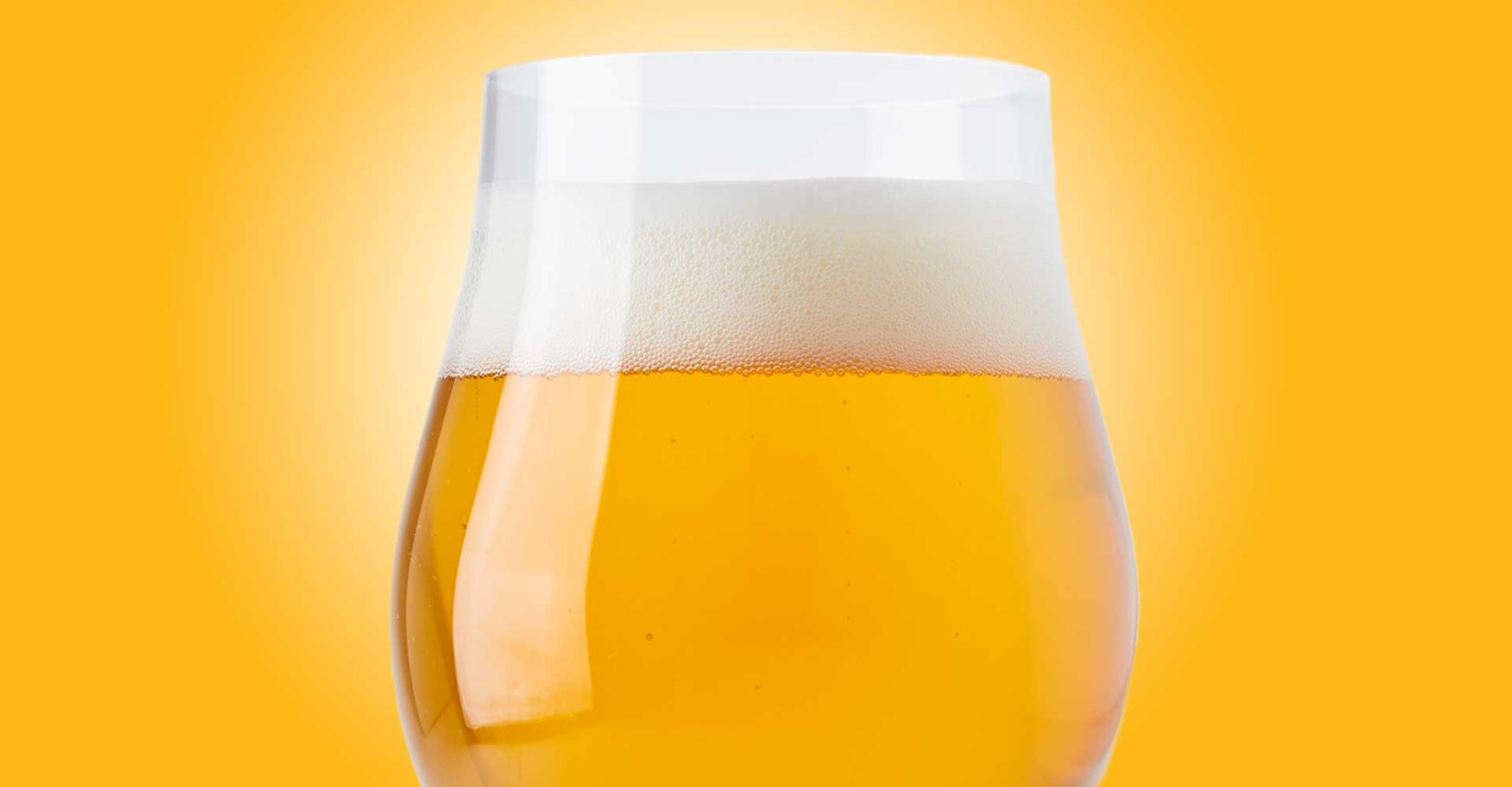There are a lot of paths to the top of the mountain when it comes to double IPA, but I’ll stand by this recipe as better than most. The style is about more than just shoveling in hops. I can’t promise you’ll brew the next Pliny the Elder, but I can promise that this will get you close enough to your ideal double IPA that you can adjust your recipe the rest of the way in.
Style: The basic style parameters here are pretty simple: very high (to absurdly high) bitterness, intense hop aroma and flavor (usually New World hops), and just enough malt character to provide some background and/or contrast. What is usually overlooked is that this is not an intensely alcoholic beer. Very strong versions exist, but the guidelines put the ABV range at 7.5 to 10 percent—stronger than most IPAs, but not a mandate to weigh down your beer with warm, sweet ethanol. Doing so often leads to poor attenuation and rough alcohols, which can take smooth but intense bitterness and turn it into sharp, peppery harshness. Without a rich malt backbone, it’s easy to go overboard on both alcohol and hopping. Resist the urge. Aim low.
Ingredients: I keep this beer simple and clean in the grist: just some light toasted biscuit and grain flavors. It’s mostly pilsner malt with restrained doses of Caramunich and British crystal. A lot of recipes call for simple sugar here, but I don’t like it—it increases the risk of developing hot alcohols. You should be able to ferment this out nice and dry without the crutch.
Hopping is where this beer is made, though. The flavors should not only be prominent but complex. A dose of higher-alpha hops at 60 minutes will help reduce your plant material, of which there will be plenty anyway. I add some Amarillo at 30 minutes for some fruity background flavors (and some more IBUs). The rest of your hops should come at flameout or a whirlpool step—and use more than one variety. My favorite combo is Citra, Motueka, and more Amarillo, in equal parts. Then I dry hop with those—and the timing and order matter here (see recipe). The result is a bright, citrusy, lightly floral hop aroma and flavor.
Ferment this out with the cleanest, best-performing yeast you have in your arsenal. I favor Wyeast 1007 German Ale, but the important thing is to choose the yeast that gets you the best attenuation in your system and process, with the least impact on flavor. We want dry and clean.
Process: There will be plenty of hop material; if you don’t ordinarily bag or spider or strain your hops, you may want to think about it. Ferment cool but not cold—we don’t want to stall the yeast. Don’t rush it, either, even to preserve the hop flavor. Let it ferment out fully and trust your late dry hops. Then drink it fresh!

